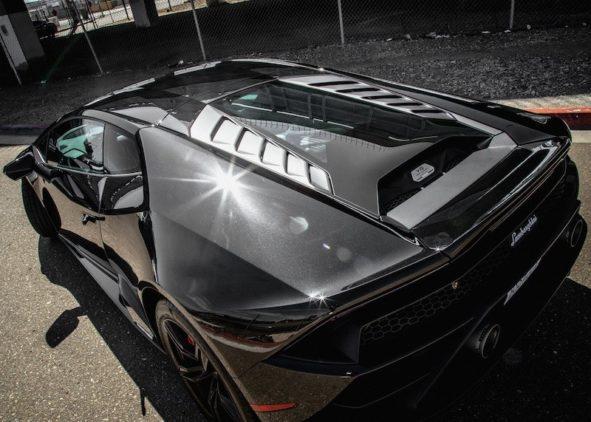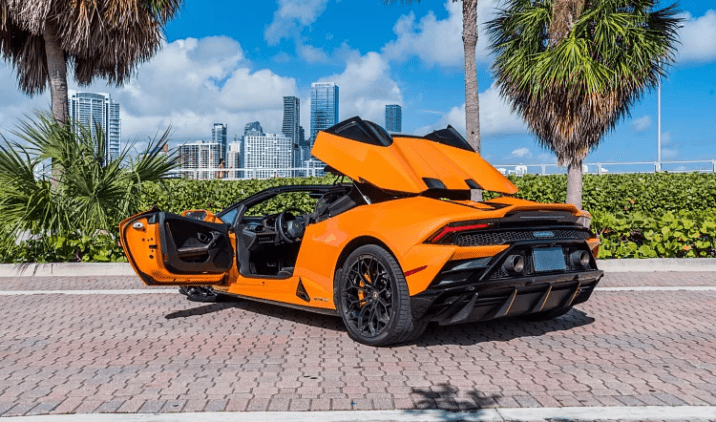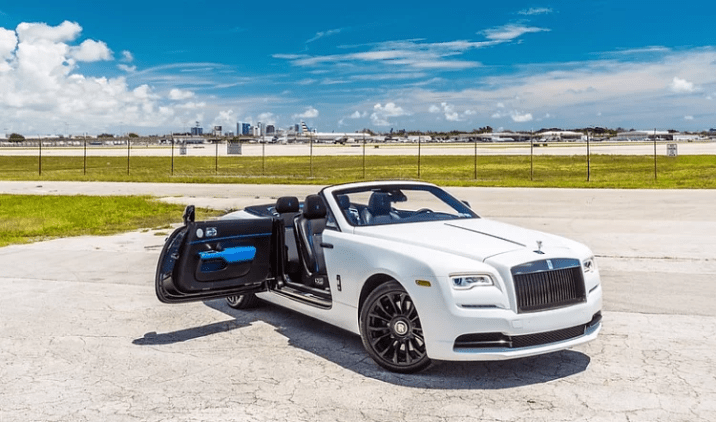Rare Exotic Cars
Exotic cars are known for their luxurious features, impressive performance, and exclusivity. These vehicles are often limited in production, making them highly coveted by collectors and car enthusiasts alike. In this article, we will explore some of the rarest exotic cars in the world.
- Lamborghini Veneno: Only nine units of this supercar were produced, making it one of the rarest Lamborghinis ever made. The Veneno is powered by a 6.5-liter V12 engine that produces 750 horsepower, allowing it to reach a top speed of 221 mph.
- Bugatti Veyron Super Sport: The Bugatti Veyron is already a rare and exclusive car, with only 450 units produced. However, the Super Sport version takes it to another level with only 30 units produced. This car boasts a top speed of 267 mph, making it one of the fastest production cars in the world.
- Koenigsegg CCXR Trevita: Only two units of this Swedish supercar were produced, making it one of the rarest cars in the world. The CCXR Trevita is powered by a 4.8-liter V8 engine that produces 1,004 horsepower, allowing it to reach a top speed of over 250 mph.
- Aston Martin One-77: Only 77 units of this luxurious supercar were produced, hence the name. The One-77 is powered by a 7.3-liter V12 engine that produces 750 horsepower, allowing it to reach a top speed of 220 mph.
- Mercedes-Benz SLR McLaren Stirling Moss: This limited-edition supercar was named after the legendary racing driver Stirling Moss, and only 75 units were produced. The SLR McLaren is powered by a 5.5-liter supercharged V8 engine that produces 641 horsepower, allowing it to reach a top speed of 217 mph.
- Hennessey Venom F5: This American supercar was named after the Fujita scale, which is used to measure the intensity of tornadoes. Only 24 units of the Venom F5 were produced, and it is powered by a 6.6-liter V8 engine that produces 1,817 horsepower, allowing it to reach a top speed of 301 mph.
- Bugatti Chiron Super Sport 300+: This limited-edition version of the Bugatti Chiron was produced in celebration of the company’s 110th anniversary, and only 30 units were made. The Super Sport 300+ is powered by a 8.0-liter W16 engine that produces 1,578 horsepower, allowing it to reach a top speed of 304 mph.
- Lamborghini Aventador SVJ: The Aventador SVJ is a limited-edition version of the Aventador, with only 900 units produced. It is powered by a 6.5-liter V12 engine that produces 770 horsepower, allowing it to reach a top speed of 217 mph.
- Porsche 911 GT2 RS Clubsport: This track-focused version of the Porsche 911 GT2 RS was produced in limited quantities, with only 200 units made. It is powered by a 3.8-liter flat-six engine that produces 700 horsepower, allowing it to reach a top speed of 211 mph.
- Pagani Huayra BC: This Italian supercar is named after the Peruvian wind god, and only 20 units were produced. The Huayra BC is powered by a 6.0-liter V12 engine that produces 789 horsepower, allowing it to reach a top speed of 238 mph.


